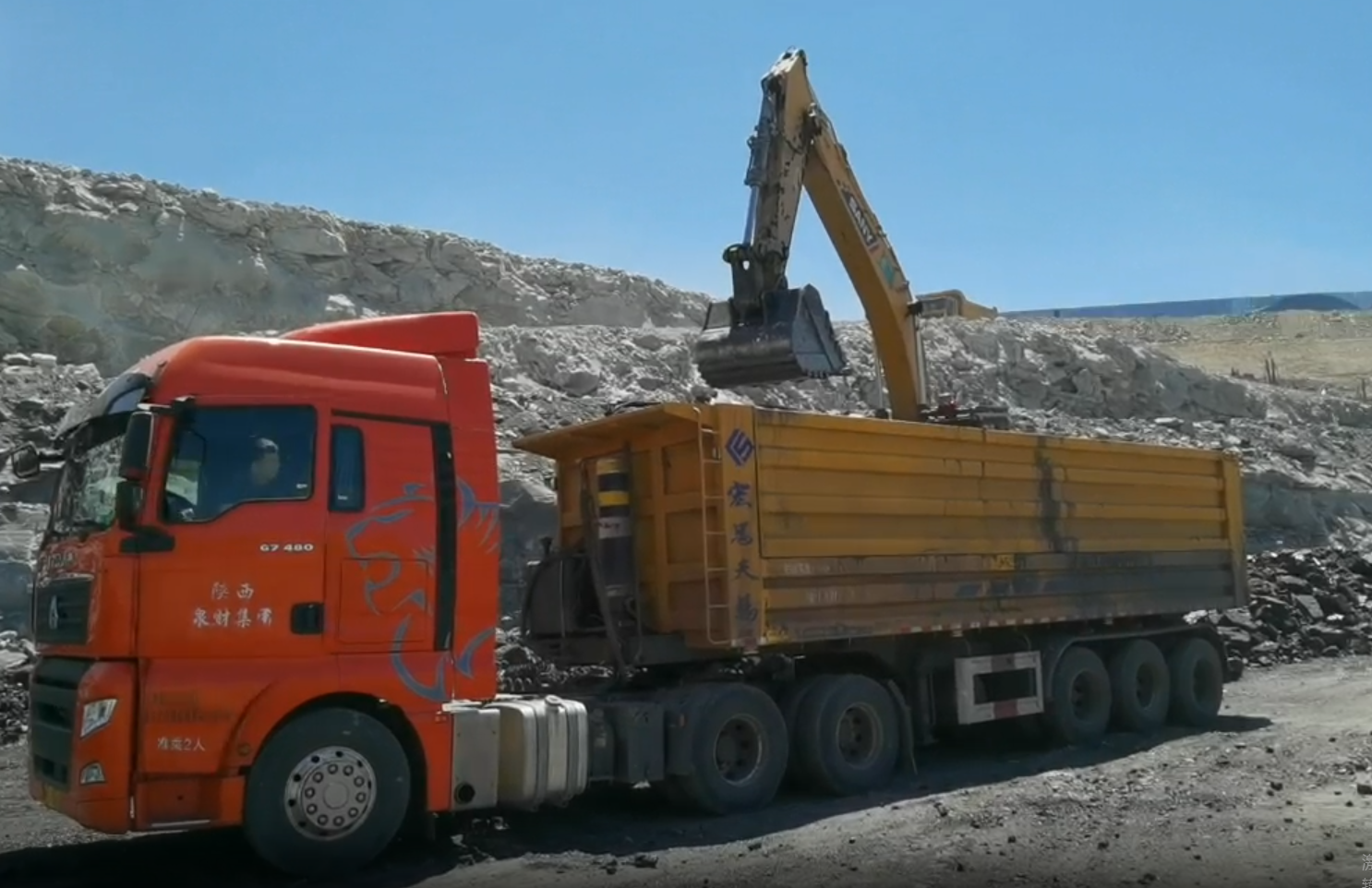- PRODUCTS
- SOLUTION
- SERVICE
- NEWS
- ABOUT US
A solid axle trailer uses a rigid, continuous axle to connect both wheels, offering enhanced durability and strength. It can typically support loads up to 7,000 pounds and is ideal for heavy-duty tasks like hauling equipment. The simple design reduces maintenance costs, with a lifespan of 15,000 to 20,000 miles before significant upkeep is needed.
Solid axle trailers are very durable and strong, mostly because of the design that connects both wheels with a single rigid axle. The design eliminates the complication of independent suspension systems, hence reducing components that may fail under stress. A solid axle can support a payload of up to 7,000 pounds, depending on its design and material. This makes it really suitable for commercial and industrial usage, such as towing heavy machinery or equipment. For example, a solid axle trailer constructed for agricultural use will have no problems carrying a tractor weighing up to 5,500 pounds, while it easily maintains stability and minimizes the wear on the axle. Where the strength of a solid axle really comes in useful is with heavy, off-balanced loads that assure consistent trailer performance even in the worst scenarios.
One of the prime reasons for the durability of a solid axle is its simplicity. While independent suspension trailers have many moving parts that could wear out over time, a solid axle trailer has fewer components exposed to potential damage. The fixed design of the axle itself resists bending and deformation, while evenly distributing the weight across both wheels. The consequence is that solid axle trailers can put up with a lot of abuse for a longer time, as found at construction sites or off-road terrains. For example, on average, a properly maintained solid axle trailer can serve 30% longer than a trailer with an independent suspension system in similar conditions, thus minimizing replacement costs and downtime.
Regarding maintenance, the solid axle trailer is far simpler to service compared to other complicated systems. With fewer moving parts, the possibility of failure is reduced and routine maintenance may be done faster and less expensively. Solid axles also need less-frequent lubrication and wear part replacements, which again translates to lower operating costs over the long run. The usual maintenance cycle, for example, can extend to 15,000 to 20,000 miles before major maintenance is needed on a solid axle trailer, whereas independent suspension systems may require attention after 10,000 to 15,000 miles under the same conditions of use.

Lower frequency of maintenance reduces the overall cost of ownership and increases the service life of the trailer.
Other major strengths of solid axle trailers are load distribution, which plays a vital role in the strength and durability of the trailer. The equal distribution of weight on both wheels eliminates the possibility of axle bending or buckling under heavy loads. This is important when hauling items that are not evenly distributed in weight, such as construction debris or agricultural products. A solid axle trailer, for example, will easily carry 4,000 pounds of gravel or bricks, and the design of the axle ensures that the trailer does not sag or lose stability under full load. This resistance to heavy and uneven loads adds much to the overall strength and durability of solid axle trailers, making them very reliable for industries that need nonstop, heavy-duty performances.